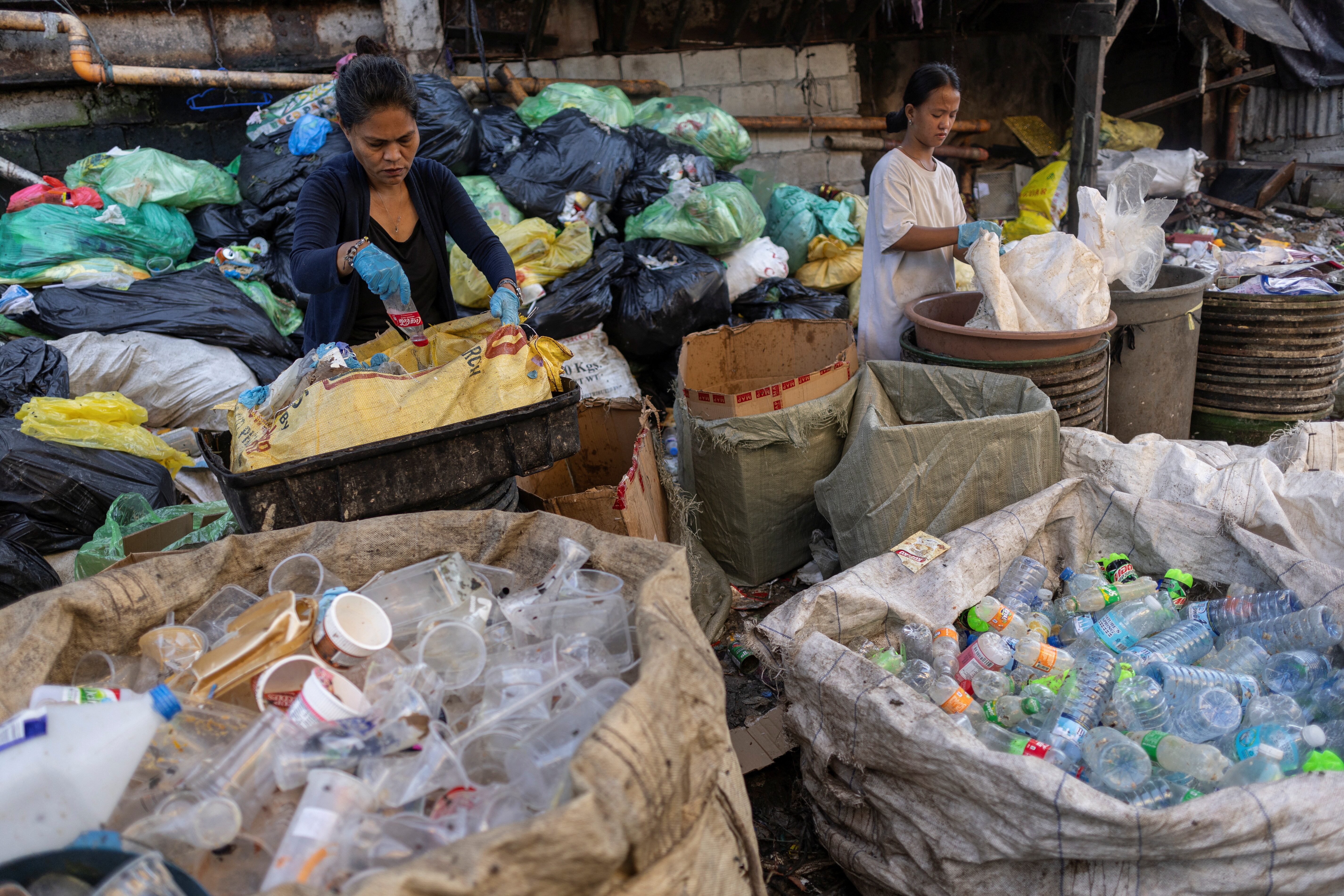Why digitalization is critical to creating a global circular economy

We need a coherent and inclusive global digitalization effort to achieve climate goals in a timely manner. Image: Unsplash.
Listen to the article
- We must accelerate the transformation to a circular economy in order to meet global climate goals by 2050.
- This can only be achieved through focused and responsible digitalization.
- We need a global digital backbone designed for public good and built as an open software platform.
In today’s linear economy, raw materials are extracted from resource-rich countries, transported to manufacturers, and processed into products. The finished goods then get shipped – often a great distance –where they are used, discarded at their end of life, and eventually replaced by newer iterations.
In the linear economy, resource throughput is enormous and highly international; resources are only recovered to a small degree.
However, a circular economy changes that. Globally, the circular economy concept is increasingly seen as a way forward to achieve the necessary transformation into a resource-efficient economy, and the only way to achieve climate neutrality by 2050. In the circular economy, resources are used, but not used up. By applying suitable strategies to products, components, and materials during use and after the end of a lifecycle, companies can keep resources in the system.
The circular economy ensures we can move to a resource-efficient and profitable modern global economy and continue the economic growth that has moved billions of people out of poverty, while mitigating linear production practices that start with materials extraction and flow to manufacturing, use, incineration, and landfill, straining the earth’s resources.
As Frans Timmermans, Executive Vice-President for the European Green Deal asserts: “To achieve climate neutrality by 2050, to preserve our natural environment, and to strengthen our economic competitiveness, requires a fully circular economy. Today, our economy is still mostly linear, with only 12% of secondary materials and resources being brought back into the economy. Many products break down too easily, cannot be reused, repaired, or recycled, or are made for single-use only. There is a huge potential to be exploited both for businesses and consumers.”
The European Commission estimates that applying circular economy principles across the EU economy has the potential to increase EU GDP by an additional 0.5% by 2030, creating approximately 700,000 new jobs. There is a clear business case for individual companies too – since manufacturing firms in the EU spend on average approximately 40% of the total cost of goods on materials, closed-loop circular models can increase profitability and protect against price fluctuations.
Accelerating the circular economy with a digital backbone
Currently, most circular economy initiatives are individual projects focused on physical materials and resources. However, to scale these solutions globally and across industries, we need to build coherent digital foundations – taken together, a digital backbone – to support attractive global circularity business models and accelerate the journey towards circularity.
Without a coherent and inclusive global digitalization effort, we will never be able to achieve climate goals in a timely manner.
This means that governments should set up political, legislative, and economic frameworks that incentivize the transformation to profitable circular economies. In addition, to reach the 2050 climate goals, a coherent digital foundation must be created. This will have the same impact on the next 30 years’ journey towards a circular economy as the internet had on the last 30 years’ digitization of society.
Without the internet as a foundation, the digitization of society would have been significantly slower, with fewer attractive business models and less impact on economic growth and poverty reduction. Similarly, without a digital foundation, a circular economy will happen more slowly, with fewer attractive circular business models and less impact on global climate goals, economic growth, and poverty reduction.

A global public good
To have maximum impact on climate goals and economic growth, while preserving the impact on increased wealth and reduced poverty, a digital backbone must be designed and governed as a politically, competitively, and commercially neutral global public good. The digital backbone should facilitate the creation of differentiating and competing digital circular business models.
A neutral global public good means that each jurisdiction decides how to handle available information according to national policy frameworks. No one person, company, organization, or government controls the digital backbone. Each country’s required investment is small, meaning barriers to entry are low; large countries and organizations, developing countries, and small and medium businesses can all participate.
Many-to-many interoperability
In the linear economy, companies primarily focus on the next business partner in the supply chain, or one-to-one interoperability. However, in the circular economy, an essential criterion is many-to-many digital interoperability and standardization throughout the business ecosystem to scale it.
This interoperability means enterprises can immediately have a trustworthy exchange of information and do transactions with up- and down-stream partners anywhere in the business ecosystem.
The circular economy digital backbone must provide a digital foundational for circular economy business models, thereby reducing cost, time, and risk in creating new digital circular economy business models.
What is the World Economic Forum doing about the circular economy?
Allow differentiating and eliminate monopolization
The backbone must be designed as an open software platform, allowing innovators and companies worldwide to realize individual value-adding and differentiating functions while still having interoperable applications.
Sharing of data must be controlled by the owner of the data, which also eliminates the monopolization of digital circular economy businesses. We have seen how digital platforms can give rise to monopolies. In a circular economy, having essential data, business process and logic, transactions, and trust as shared and neutral components protects against monopolies, while still providing the benefits of digital ecosystem collaboration and the network effect.
We must act now to safeguard our planet
The circular economy offers new principles for doing business in a systematic, resource-preserving way that make good business sense and reduce environmental impacts substantially.
A shared interoperable digital backbone for the circular economy will increase business benefits, accelerate the positive impact on the environment, and make more circular economy business models attractive.
The digitalization of the circular economy cannot be postponed; we do not need more conferences, reports, and calculations. Our planet and the many people suffering from climate change require us to act now.
Governments, global organizations, industry associations and leading enterprises must take the initiative to ensure focused, accelerated, and responsible digitalization of the circular economy. That is the only way we can reach our ambitious climate goals and save our planet.
Don't miss any update on this topic
Create a free account and access your personalized content collection with our latest publications and analyses.
License and Republishing
World Economic Forum articles may be republished in accordance with the Creative Commons Attribution-NonCommercial-NoDerivatives 4.0 International Public License, and in accordance with our Terms of Use.
The views expressed in this article are those of the author alone and not the World Economic Forum.
Stay up to date:
The Digital Economy
Forum Stories newsletter
Bringing you weekly curated insights and analysis on the global issues that matter.
More on Circular EconomySee all
Felipe Basso
November 13, 2025







